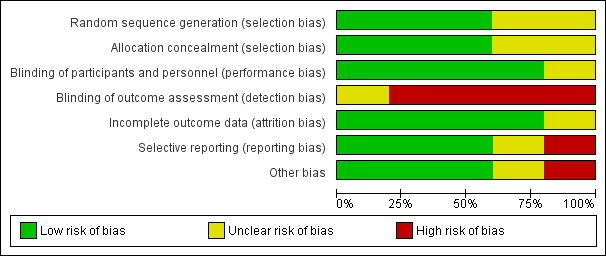Contenido relacionado
Revisiones y protocolos relacionados
Michael Goodfellow, Emily R Thompson, Samuel J Tingle, Colin Wilson | 14 julio 2023
Colin H Wilson, David A Rix, Derek M Manas | 17 junio 2013
Krishna M Karpe, Girish S Talaulikar, Giles D Walters | 21 julio 2017
Julien Coussement, Anne Scemla, Daniel Abramowicz, Evi V Nagler, Angela C Webster | 1 febrero 2018
Georgios Kourounis, Samuel J Tingle, Thomas J Hoather, Emily R Thompson, Alistair Rogers, Tobias Page, Aliu Sanni, David A Rix, Naeem A Soomro, Colin Wilson | 9 mayo 2024
Swee‐Ling Toh, Claire L Boswell‐Ruys, Bon San B Lee, Judy M Simpson, Kate R Clezy | 8 septiembre 2017
Suetonia C Palmer, Edmund YM Chung, David O McGregor, Friederike Bachmann, Giovanni FM Strippoli | 22 octubre 2019
Gabrielle Williams, Elisabeth M Hodson, Jonathan C Craig | 20 febrero 2019
Xavier Albert, Isabel Huertas, Inmaculado Pereiro, José Sanfélix, Victoria Gosalbes, Carla Perrotta | 19 julio 2004
Maria Ordonez, Eu Chang Hwang, Michael Borofsky, Caitlin J Bakker, Shreyas Gandhi, Philipp Dahm | 6 febrero 2019






